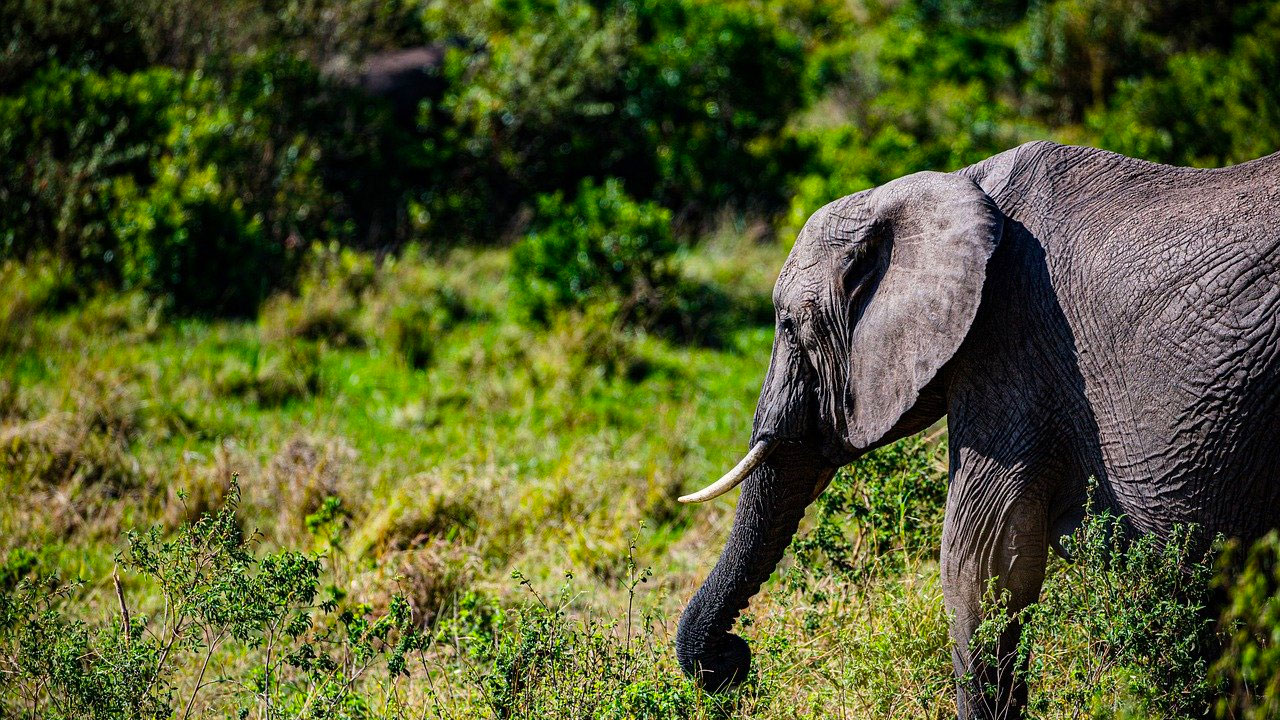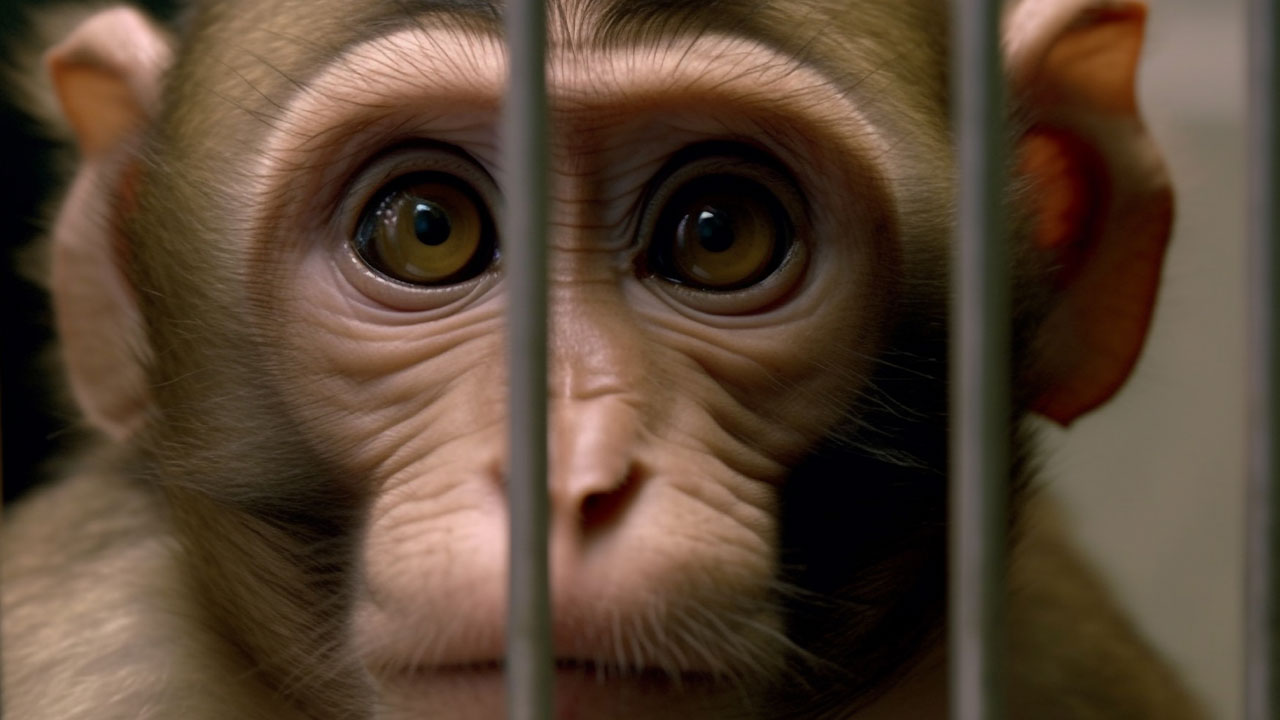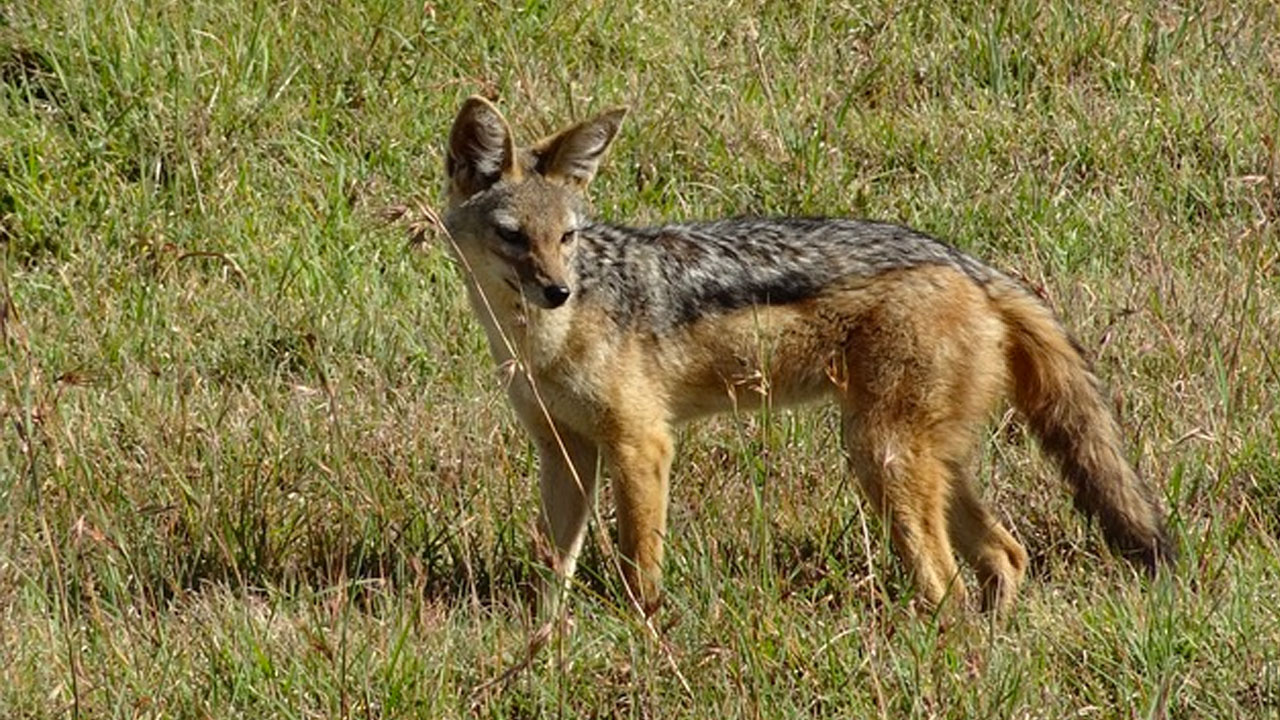Every living thing in nature has a unique life span. Some creatures live for as little as a few days, while others can live longer lives that seem like eternity compared to them. To find out the reasons for this, we need to examine the evolutionary and biological processes of living things.
For example, house cats are generally average when you live 15 to 20 years, A lion lives an average of 10 to 14 years. Monkeys live between 20 and 40 years on average, while a tiger’s lifespan usually ranges from 10 to 15 years.
If the average lifespan of people 30 to 50 years in ancient times We see that it is much longer today.
Almost all the answers to the average lifespan of living things are hidden in evolution.
in the evolutionary process every choice is a renunciation living things that choose to be long-lived get some advantages, those that choose to be short-lived get some other benefits. from the advantages may be deprived. In determining the life span of living species your genetic inheritance it has a big impact. The unique genetic characteristics of each species affect the rate of aging, resistance to disease, and overall longevity.
Different species in the evolutionary process genetic adaptations they have developed. For example, they are known for their average lifespan of 100 or more years. Galapagos tortoises genetically, a slow metabolism, high resistance and effective mechanisms against aging take over. surviving 2 to 3 months fruit flies have genes that are less resistant to aging.
Living things that use energy more slowly, that is, have a slower metabolic rate, also live longer.

Creatures that have inherited a genetically slow mechanism live much longer. This is because of a slower metabolism free radicals damage to cells and tissues called harmful by-products to reduce its production.
In general, larger animals tend to live longer. Cats are quite small compared to humans and small mammals they generally live shorter lives because they have higher metabolic rates. Humans have a slower metabolism because they are larger and metabolic problems associated with aging they may be less exposed.
Species that produce fewer offspring and show more parental care generally live longer.

So more love of Mother area survives more. People evolution their strategies in the process of producing fewer offspring and parenting for longer It’s a type that builds on it. They often have several children and are responsible for raising and supporting these children over a long period of time.
high maintenance puppies nurture, protect and nurture consumes parents’ energy and resources. This is why people who produce fewer offspring and parent more, for example, have a family that can produce hundreds of offspring and not parent them. insect species prefers to live for a much longer period of time.
This strategy provides a balance between surviving and raising children. chance to pass on their genetic inheritance. aims to maximize
Species that live in highly endangered areas or have limited resources may live shorter lives due to increased risks and competition for survival.

coyotes It is among the species that live in highly endangered areas and have limited resources. other major with carnivores and fight for resources with local hunters. These difficult living conditions and competitive environmentcan lead to a shorter lifespan for coyotes.
living in highly endangered areas or species with limited resources may have a shorter lifespan due to increased risks, competition and harsh living conditions. In addition, since their lives are at risk at any moment, they should be able to continue their lineage as quickly and as possible. lots of reproduction choose their strategy. This causes their average lifespan to be short.
RELATED NEWS
How Do Cats Know How to Toilet in Sand or Spiders Know How to Weave, Even When No One Teach Them?
RELATED NEWS
